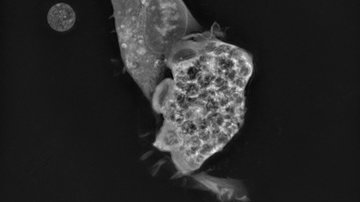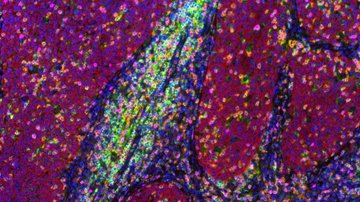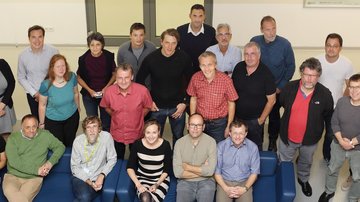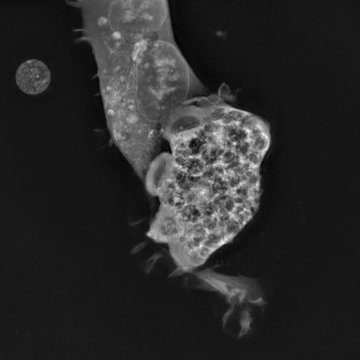
Biometals and Drug Discovery Lab
New weapons against 'brain-eating' and tropical diseases thanks to BIOCEV scientists
An international team of parasitologists and medicinal chemists from the BIOCEV Centre has developed and successfully tested a substance against a deadly parasite. Naegleria fowleri attacks the human brain and despite all modern treatments, 97% of cases end fatally. The new substance has been shown to cure the infection in mice. Along with it, scientists have discovered other anti-parasitic agents that could be used against malaria or sleeping sickness in the future.
In the context of climate change and migration, interest in anti-parasite research has shifted from the theoretical to the practical level in the last decade. A multidisciplinary team of parasitologists and chemists from the laboratories of the Faculty of Science of Charles University and the Institute of Biotechnology of the CAS at the BIOCEV Center in Vestec near Prague has focused on the development of new effective drugs against diseases that will become more prevalent with progressing global warming.
Their efforts led to the discovery of several potential breakthrough compounds effective against devastating parasitic infections such as malaria, sleeping sickness and primary amoebic meningoencephalitis (PAM). Both discoveries were published in the journal Antimicrobial Agents and Chemotherapy, published by the American Society for Microbiology.
Sad record from Ústí nad Labem
The first disease for which a potentially breakthrough therapy has been found is PAM. It is caused by the deadly microbial pathogen Naegleria fowleri. Humans can get infected with these ”brain-eating" amoeba while swimming or engaging in other recreational activities in warm freshwater.
The amoeba can invade the human brain via passage through the nasal mucosa and the olfactory nerve. Although the disease is not very common (fewer than 200 cases have been reported in the US so far), it is 97% fatal despite all modern medical care. Symptoms usually begin five days after exposure and patients succumb to brain damage after a few more days.
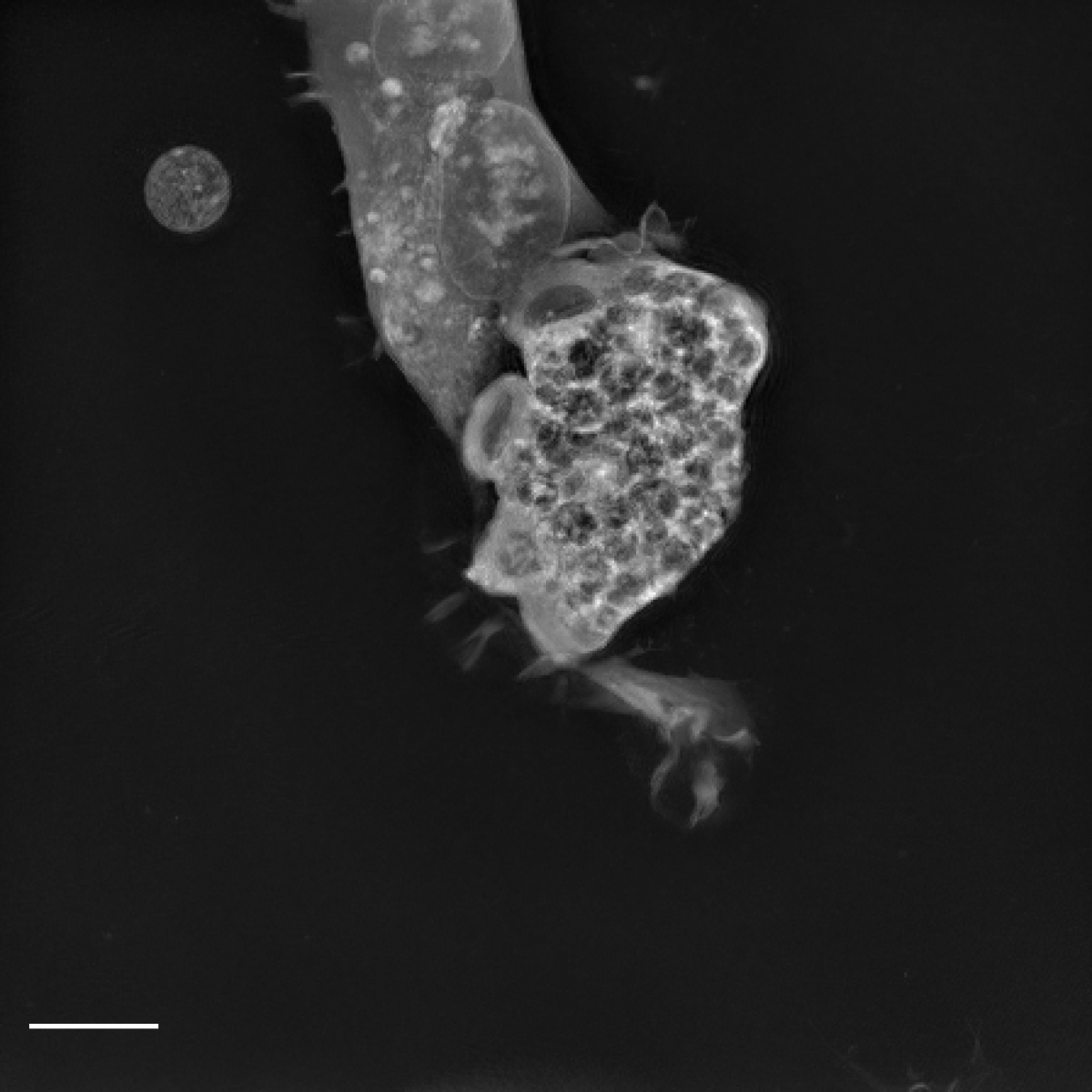
Despite the typical occurrence in warmer regions, the Czech Republic holds the sad historical record of the largest PAM epidemic. In the 1960s, visitors to an indoor swimming pool in Ústí nad Labem became infected. The tragedy cost nearly twenty lives, mostly young people. "This was also the motivation for researching substances against this disease," says Slovak parasitologist and lead author of the publication Róbert Šuták from the Faculty of Science of Charles University and the BIOCEV Centre.
"Another motivation was that PAM is a rare disease that falls outside the scope of market-oriented drug discovery research by pharmaceutical companies," explains German scientist Martin Zoltner (Faculty of Science, Charles University), head of the newly established Drug Discovery Unit at the BIOCEV Centre.
Interdisciplinary cooperation under one roof
Róbert Šuták and Martin Zoltner based their research on an innovative attempt to use some well-known compounds, such as coziborole, to combat sleeping sickness. However, its effect against PAM was not sufficient. It was only thanks to the collaboration with Lukáš Werner and Jan Štursa, medicinal chemists from the Institute of Biotechnology of the CAS at the BIOCEV centre, that a related molecule was found that was able to kill cultured amoebae.
"The fact that we could demonstrate cure of PAM in an experimental animal model was great," adds Róbert Šuták. "The experimental treatment either significantly prolonged survival or even cured mice infected with the Naegleria fowleri pathogen, with no evidence of drug-related toxicity"
Chemists Lukáš Werner and Jan Štursa are optimistic about the further development of the drug for clinical use. "We have designed derivatives of the molecule guided by the molecular mechanism of action and with the ability to more effectively cross the blood-brain barrier. We seem to be just a few steps away from discovering the first effective therapeutic intervention against this terrifying disease."
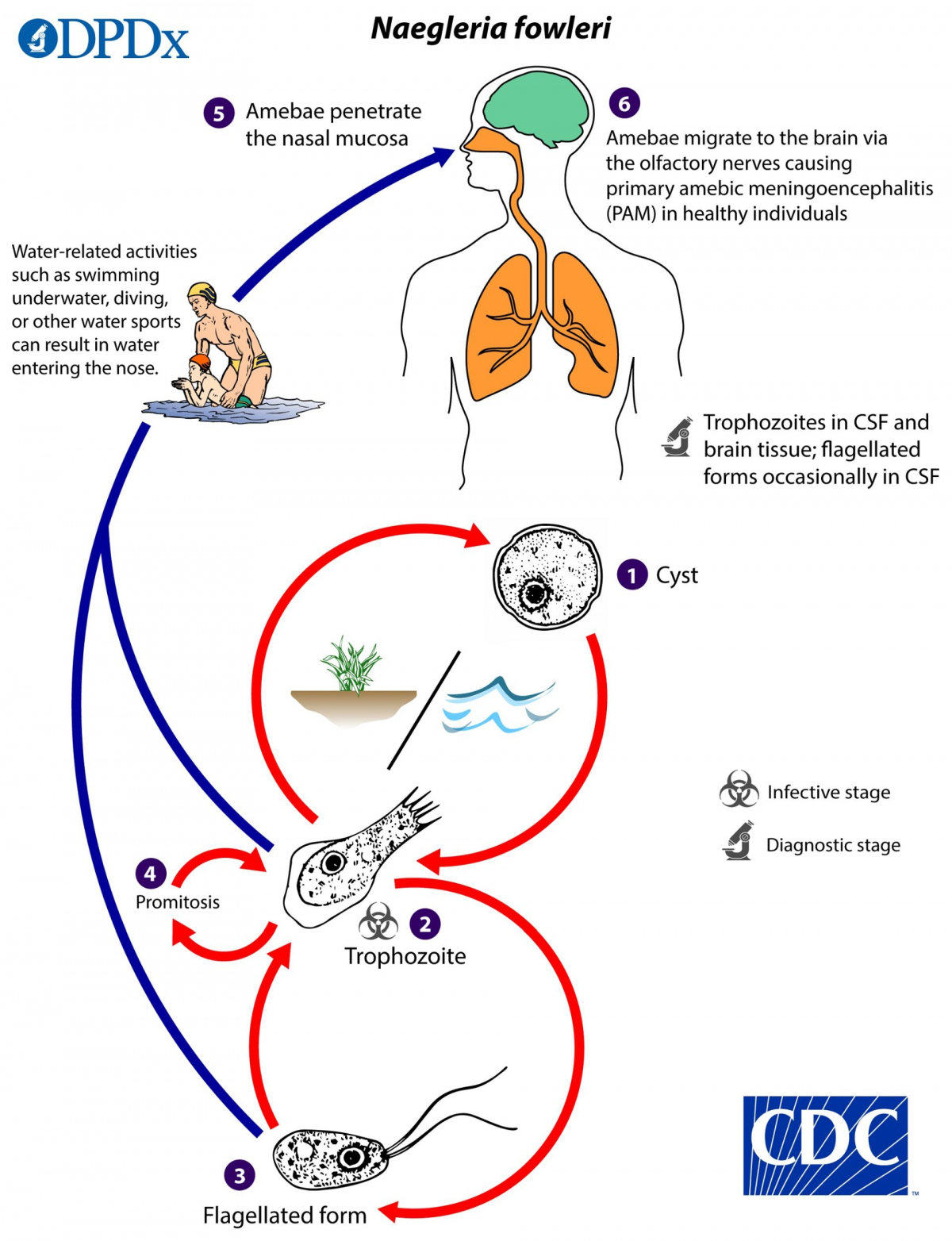
Target: cellular power plants
The same team of scientists also published the discovery that a new Czech anti-cancer substance MitoTam from the laboratory of Prof. Jiří Neužil (Institute of Biotechnology of the CAS in the BIOCEV Center) can be used in the be repurposed for treatment of malaria, sleeping sickness or leishmaniasis.
"There is an important similarity between cancer and parasitic cells, which lies in their uncontrollable and rapid multiplication and the associated demands on energy and nutrients," says Róbert Šuták, adding: "This tells us what substances to test in the future for so-called repurposing - an approach where already existing and approved drugs are used for new therapeutic purposes. In this regard, it is particularly promising that MitoTam has already successfully passed Phase 1/1b clinical trials, and is therefore closer to the use in patients than a completely new substance."
Link to the publication: Ženíšková, K., Mach, J., Arbon, D., Štursa, J., Werner, L., Zoltner, M., & Sutak, R. (2023). The 4-Aminomethylphenoxy-Benzoxaborole AN3057 as a Potential Treatment Option for Primary Amoebic Meningoencephalitis. Antimicrobial Agents and Chemotherapy, e01506-22. https://journals.asm.org/doi/10.1128/aac.01506-22

